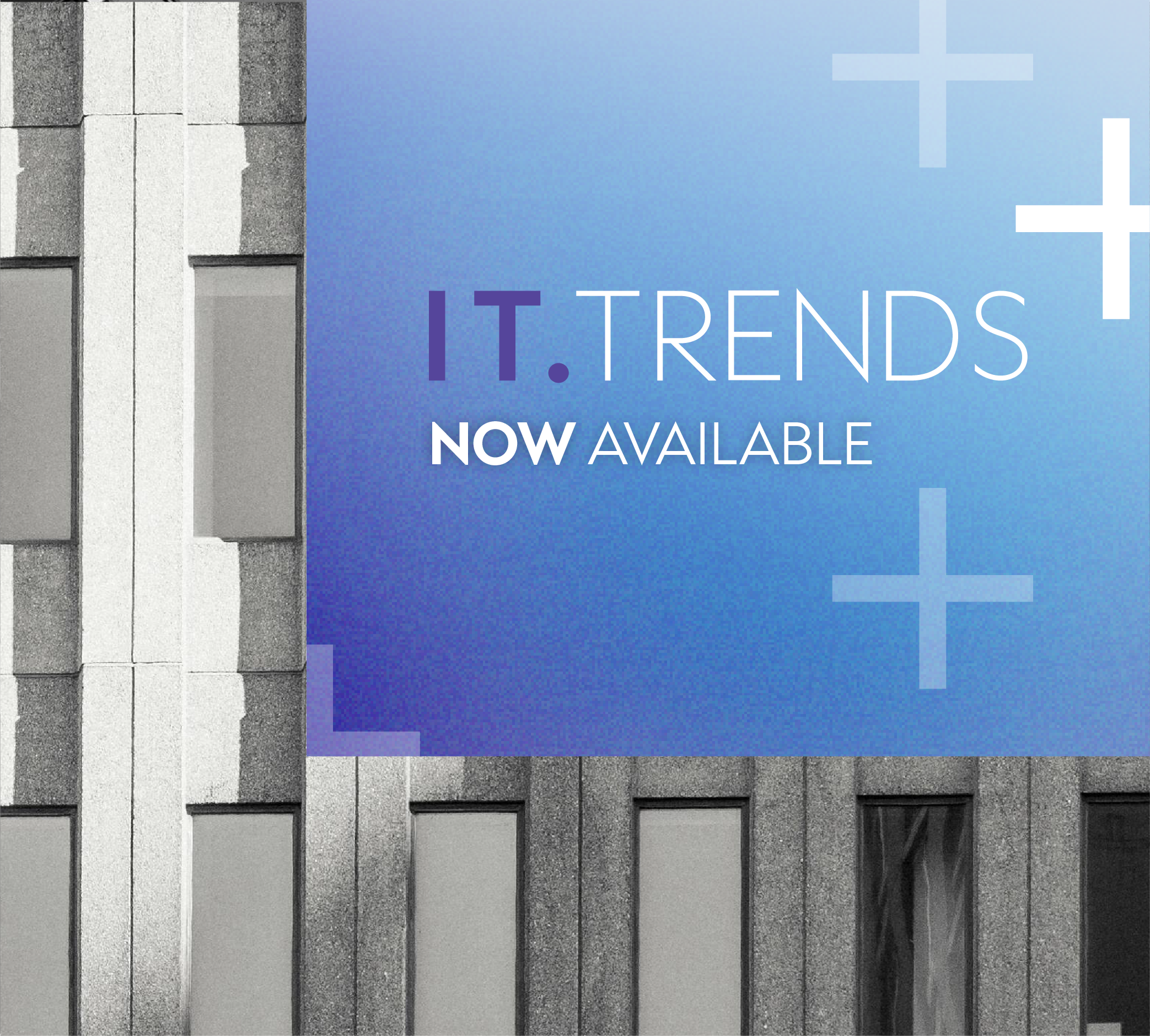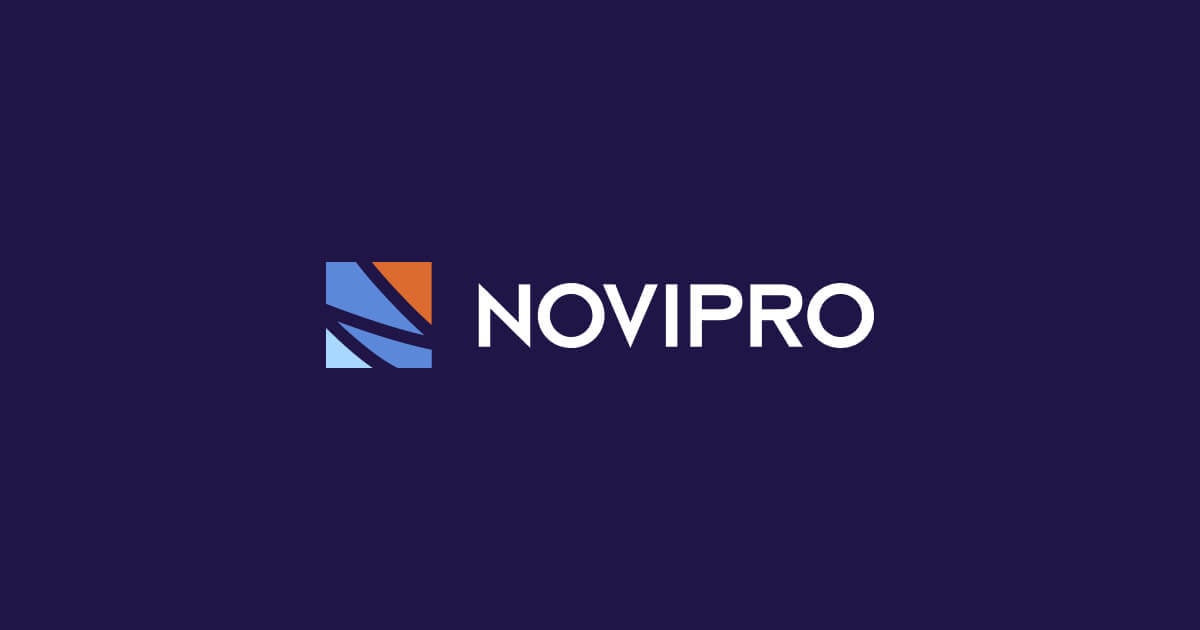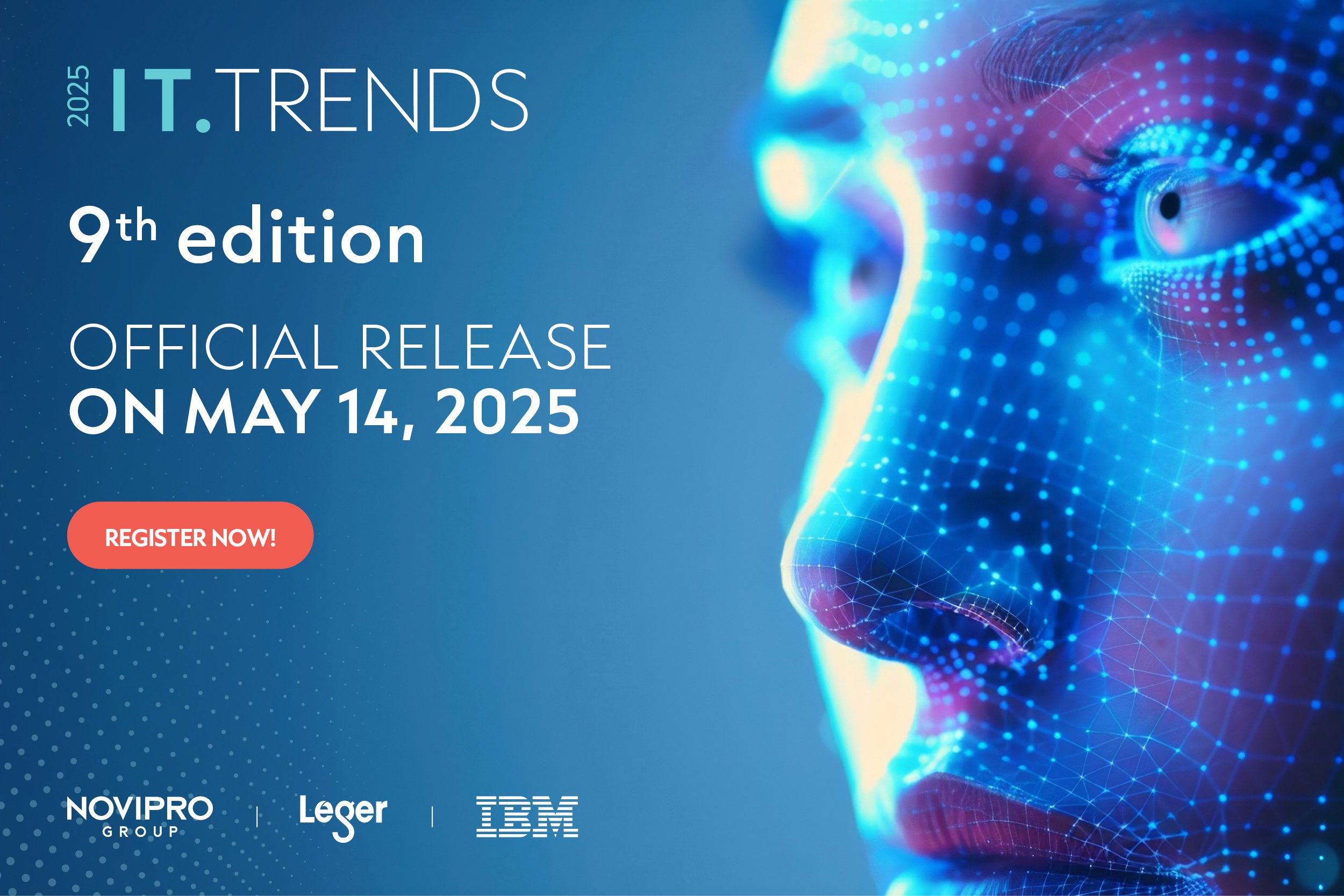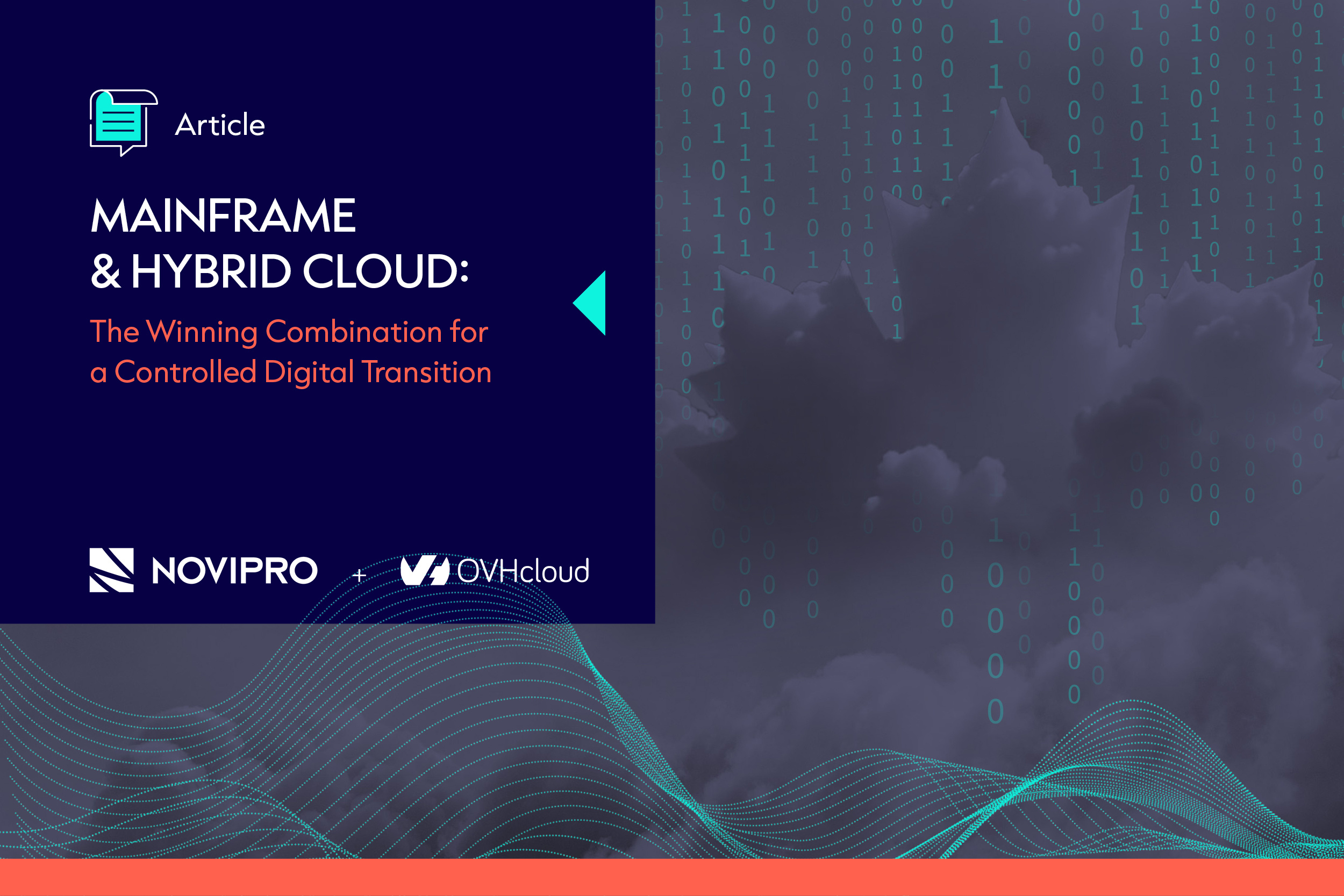Before embarking on a cloud journey and selecting the right cloud model for you, it is important to understand the 7 barriers to successful cloud adoption, so you can be prepared and have a plan to overcome them. Multiple analyst research studies have concluded that 70% of all digital transformation projects fail to deliver the desired outcomes they had sought to achieve, even for the ones that don’t fail completely.
The 7 barriers to successful cloud adoption: Change, Competency, Complexity, Compliance, Confidence, Control, and Cost.
Change
Change is something humans naturally resist. We like reliability, we like stability, we like consistency. Managing change doesn’t come naturally, so the easier a cloud platform is to use, the better. Change can cause fear and resistance. For instance, IT staff might resist altering their required knowledge base from what is familiar or from one specific “IT religion.” Others may fear that simplification of daily operations through automation might make them obsolete. Yet automation can reduce the need to respond to down time outages, address latency issues, or over-manage resource pools, making IT staff more valuable and improving their work-life balance. Automation makes it possible for IT staff to be more innovative and work on mission-critical projects vs. infrastructure life cycle management. This increases their contribution to the business, and therefore profitability, making them indispensable. Change is good when it enhances the professional growth and value of the people it impacts.
Competency
Competency is a barrier to cloud adoption because moving from familiar legacy infrastructure to a cloud model often requires acquiring new tribal knowledge, staying up-to-date on the latest information and sending your employees to constant training. For example, the OpenStack project is a global collaboration of developers and cloud computing technologists producing an open standard cloud computing platform for both public and private clouds. It is
backed by a vibrant and diverse community of developers as well as some of the biggest names in the industry. It includes more than 90,000 members, is supported by more than 650 companies in more than 180 countries, and includes more than 20 million lines of ever-changing code. It all sounds great; the problem is staying up to date isn’t easy, and the implementation, deployment, operation, maintenance, and support is complicated by differing opinions, as well as trial and error. The ability to maintain software patches and security updates alone makes OpenStack cloud implementations almost as complicated as managing legacy infrastructure. It is in a sense its own religion, and you must essentially dedicate yourself to becoming an OpenStack Guru. There is no dipping your toes into it or being able to manage the entire life cycle with just an IT generalist, which brings us to our next barrier to successful cloud adoption.
Complexity
The complexities associated with life-cycle management of legacy physical and virtual infrastructure is one of the primary drivers behind the shift to cloud. It is also one of the primary barriers to cloud adoption. There are the changes associated with IT processes and procedures, the legacy applications that must be refactored, and the migration concerns. Then there is having to coordinate the individual data center elements of networking, storage, and servers, which all have to be patched, secured, and supported. If not planned properly this can lead to significant disruption to IT and business operations, which impacts customers and profitability, which brings us to the next barrier.
Compliance
Compliance is an incredibly important consideration before adopting a cloud model. Healthcare providers; financial institutions; and local, state, and federal governments are just some of the verticals which have very demanding restrictions regarding data gravity, locality, retention, and security. Then there are specific regions of the globe with very strict regulations regarding practically all data, regardless of vertical. Some government agencies, for example, may not want any connection to a public cloud via the internet and therefore have a requirement for running a “disconnected private cloud” to add an extra measure of security and intrusion prevention. It would be advisable in such cases that their cloud infrastructure include integrated backup, recovery, archiving, and high-availability, not to mention a method for special patch and update support onsite. A private cloud model is the only choice for such a scenario, as it helps to mitigate data security risks as well as the chances of civil liability or criminal prosecution. More on the private cloud model later.
Confidence
The next barrier to cloud adoption is confidence, or a lack of it. Moving to an emerging technology and the changes associated with it can result in widespread panic the first time anything goes wrong or fails to provide the benefits desired. Worse still is the decision to do nothing. Cloud isn’t going away; it needs to be embraced if you plan to maintain a competitive edge. The horror stories involving public cloud data leaks and unanticipated costs overruns are not justification enough to avoid cloud. It simply means that you should choose the right cloud model for your application. It should be one that you can have complete confidence in.
Control and Cost
This brings us to the last two barriers to cloud adoption: control and cost. IT staff is used to having complete control of their infrastructure, apps, data, and services. Business leaders need to control costs and ensure that costs are reliably predictable and repeatable should they choose to extend their cloud ecosystem across multiple geographic locations. The ability to reliably predict and control all aspects of the cloud ecosystem life cycle is extremely important to internal IT staff and managed service providers. Predictable and repeatable experiences associated with implementation, deployment, operation, maintenance, and support saves time and represents more potential for growth and profit.
Overcoming the barriers to successful cloud adoption and digital transformation requires choosing the right cloud model for your IT staff as well as your business. Some customers choose only one model, but many use multiple clouds to meet ever growing needs and demands. The need for multiple clouds and the future of geo-distributed cloud are a reflection of the global economy. Mergers, acquisitions, and strategic partnerships highlight the need to control shadow IT while sharing apps, data, and services in a timely, cost-effective and secure manner. Choosing the right cloud model to achieve successful digital transformation can make all the difference.
If you want to know how to successfully choose the right cloud model, download the entire guide : The Gorilla Guide to Fully-Composable Software-Defined Private Cloud. This paper will help you understand the whole cloud journey, the pros and cons of cloud models, as well as insights on a suitable solution.








